Table of Contents
- Understanding Your Roofing System
- Signs You Need a New Roof
- How a Roofing System Protects Your Home
- Types of Roofing Systems
- When Is the Right Time to Replace Your Roof?
- How to Choose the Best Roof for Your Home
- Key Parts of a Roofing System
- How to Care for Your Roofing System
- Cost of Roofing System Replacement and Installation
- Installation Tips
- How to Select the Best Roofing
- Understanding the Financial and Environmental Benefits of Roofing Systems
Understanding Your Roofing System
Your roof does more than just sit on top of your house—it’s a critical part of your home’s defense. A well-built roofing system protects against rain, wind, heat, and cold, while also contributing to your home's structural strength and energy efficiency.
Roofing systems are made up of multiple layers and materials, each working together to keep your home safe and comfortable. From classic asphalt shingles and sleek metal panels to rustic wood shakes and durable clay tiles, every roofing type offers unique advantages.
Choosing the right roofing material often depends on where you live. Homes in storm-prone or high-heat areas may need tougher options like metal or tile, while homes in milder climates can benefit from more flexible, cost-effective choices like asphalt shingles or wood. No matter your location, a properly selected and installed roofing system makes a big difference in long-term performance and curb appeal.
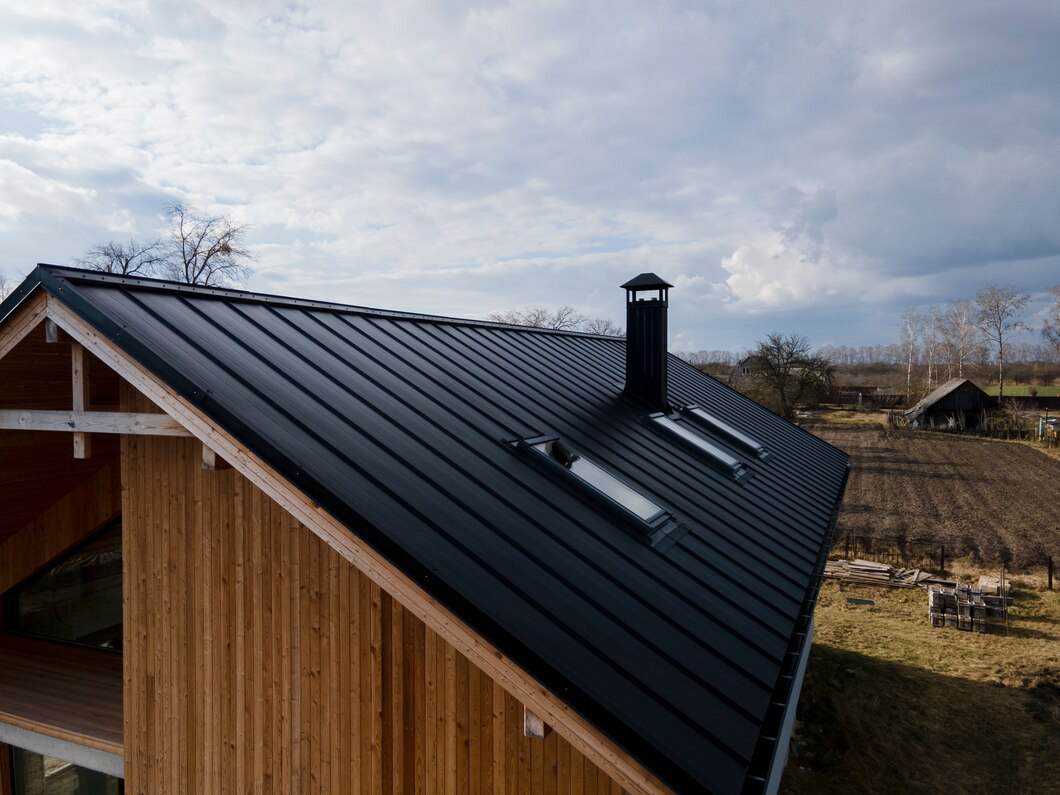
Signs You Need a New Roof (Before It’s Too Late)
Many homeowners don’t think about their roof—until it leaks. But catching the warning signs early can save you thousands in damage and stress. Here are common signs your roof might be due for repair or replacement:
-
Missing or curling shingles
-
Granules collecting in gutters
-
Visible sagging or soft spots
-
Moss, algae, or mold growth
-
Water stains on ceilings or attic walls
-
Rising energy bills due to poor insulation
If your roof is 15–25 years old, it’s a good time to schedule an inspection—even if everything looks fine. A professional evaluation can help you plan ahead and avoid costly emergency repairs.
Frequently Asked Questions
How long does a typical roof last? +
What’s the best roofing material for my home? +
Can I repair my roof, or do I need a full replacement? +
How much does a new roof cost? +
How a Roofing System Protects Your Home
A roofing system does more than just keep the rain out—it’s a carefully layered structure designed to protect, insulate, and ventilate your home. Each part plays a unique role, working together to defend against the elements and improve your home’s energy efficiency.
- Roof Deck
This is the base layer of your roof—the foundation that supports everything else. Usually made of plywood or OSB (oriented strand board), it provides a solid surface for the other materials to attach to. - Underlayment
Installed directly over the deck, this moisture barrier adds a crucial layer of protection against water. It’s especially important in areas prone to heavy rain or snow, helping to prevent leaks and long-term water damage. - Roofing Material
This is the outermost layer you see—like shingles, tiles, or metal panels. It’s your roof’s first line of defense against sun, wind, and weather. The material you choose also affects how your home looks, how well it insulates, and how long the roof lasts. - Ventilation & Insulation
Good ventilation allows hot, moist air to escape the attic, helping to prevent mold and extend your roof’s life. Meanwhile, proper insulation keeps your indoor temperature stable and your energy bills lower.
When built and maintained properly, each part of your roofing system works together to keep your home strong, comfortable, and efficient for years to come.
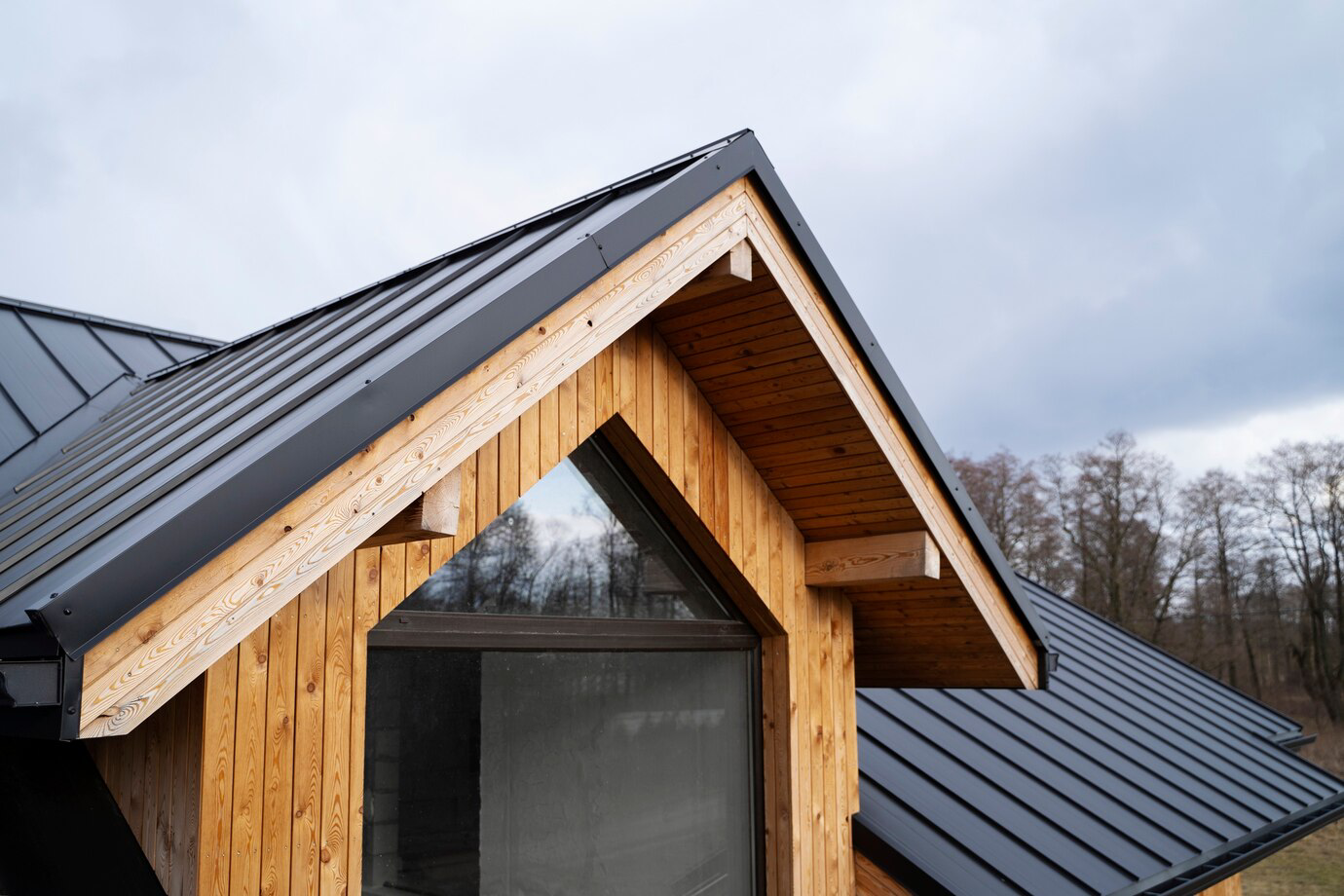
Types of Roofing Systems
Roofing systems come in various forms, each tailored to suit different climates, architectural styles, and homeowner needs. Here are some of the most common options:
- Asphalt Shingles
Popular for their affordability and adaptability, asphalt shingles are available in two main varieties: three-tab and architectural. They're a great fit for most regions, though they may wear out faster in areas with severe weather. - Metal Roofing
Metal roofs are known for their long-lasting strength and energy efficiency. They perform well under heavy snow, rain, and high winds, making them ideal for homes in climates with extreme temperature changes. - Clay Tiles
Durable and heat-reflective, clay tiles are especially effective in hot, sunny climates. They add a timeless aesthetic but are quite heavy, often requiring reinforced structural support. - Flat Roofs
Typically seen on commercial buildings, flat roofs need reliable waterproof membranes to prevent leaks. They're relatively simple to service and maintain but must be installed with care. - Wood Shakes
Offering a natural, rustic appearance, wood shakes are environmentally friendly but require frequent upkeep. They’re best suited for drier, temperate regions where humidity and rainfall are low.
| Roof Type | Material | Best for Climates | Lifespan | Average Cost per Sq. Ft. | Pros | Cons |
|---|---|---|---|---|---|---|
| Asphalt Shingles | Asphalt | Moderate weather | 15 to 30 years | $3 to $6 | Affordable, easy to install, versatile | Shorter lifespan in extreme weather |
| Metal Roofing | Aluminum, Steel, Copper | All climates | 40 to 70 years | $7 to $14 | Durable, energy-efficient, low maintenance | Higher upfront cost |
| Tile Roofing | Clay, Concrete | Warm, dry climates | 50+ years | $8 to $25 | Long lifespan, cools home, low maintenance | Heavy, may require additional structural support |
| Flat Roof | Waterproof membrane | Moderate weather | 10 to 20 years | $4 to $10 | Easy to install, suitable for modern designs | Requires regular maintenance, prone to leaks |
| Wood Shake | Cedar, Redwood | Mild, dry climates | 20 to 40 years | $6 to $12 | Eco-friendly, natural look, good insulation | Higher maintenance, less fire-resistant |
When Is the Right Time to Replace Your Roof?
Many homeowners wonder whether they should repair or fully replace their roof—and the answer often depends on timing. Waiting too long can lead to leaks, structural damage, and higher repair costs down the line. Here are some clear signs it might be time for a replacement:
- Your roof is 20+ years old
Most asphalt shingle roofs last about two decades. If yours is nearing that age, it's smart to start planning. - Shingles are cracked, curling, or missing
Visible damage means your roof’s protective barrier is compromised, making it vulnerable to water infiltration. - You’re noticing water stains or mold in your attic
These signs suggest moisture is seeping through, possibly due to underlayment failure or hidden leaks. - Energy bills are rising
Poor insulation or ventilation from an aging roof can cause your HVAC system to work harder. - Your neighbors are getting new roofs
In neighborhoods built around the same time, your roof might be aging along with everyone else's.
🔧 Tip: Have a licensed roofing contractor perform an inspection if you’re unsure. Early detection can save you money and protect your home’s value.
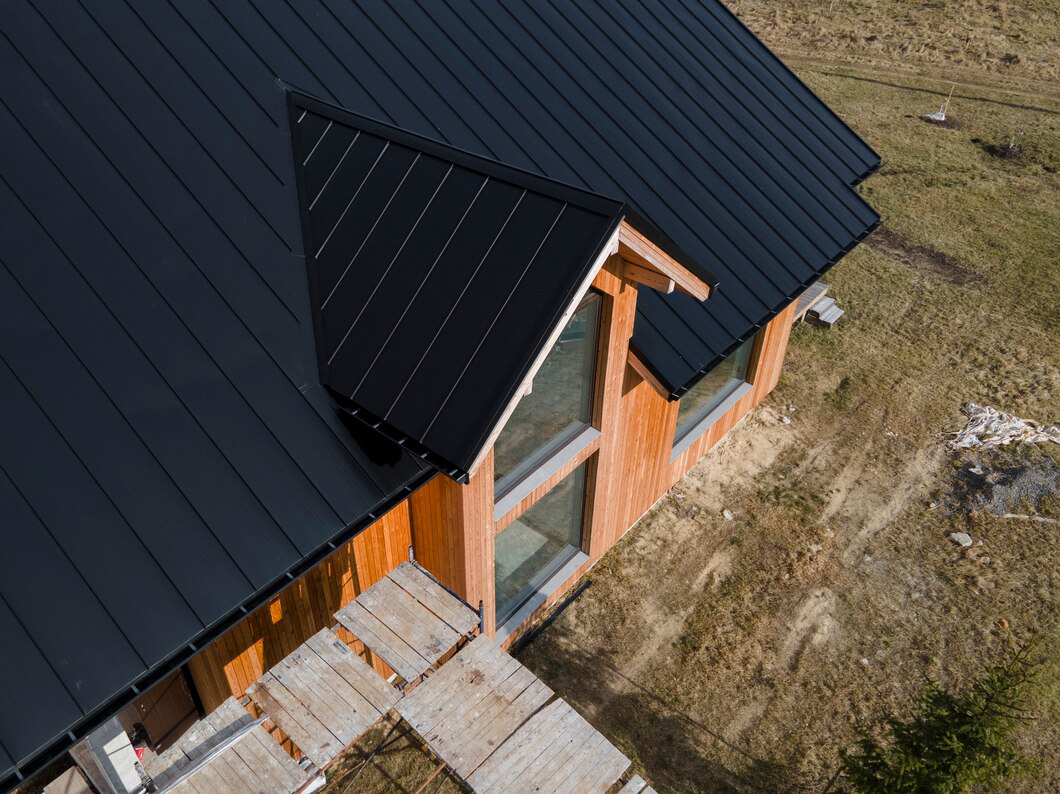
How to Choose the Best Roof for Your Home
Picking the right roof is about more than just looks—it’s a balance between performance, cost, style, and how well it holds up in your local weather. Here are some key things to keep in mind when making your decision:
- Climate Considerations
If you live in an area with extreme heat, cold, or storms, go with tougher materials like metal or tile. Asphalt shingles work well in areas with milder, more stable weather. - Durability and Upkeep
Looking for something low-maintenance that lasts? Metal and slate roofs are your best bet. If budget is your main concern, asphalt shingles are more affordable but may need replacing sooner. - Style and Appearance
Your roof should complement the look of your home. Wood shakes offer a cozy, rustic vibe; metal roofs give a sleek, modern touch; and slate provides a timeless, elegant finish. - Budget and Long-Term Value
While asphalt shingles are easier on the wallet upfront, materials like metal or tile may cost more initially but last longer and require fewer repairs over time—saving you money in the long run.
A trusted roofing contractor can help you weigh these factors and find the best solution based on your home's design, location, and long-term goals.

Key Parts of a Roofing System
A roofing system is made up of multiple layers that collaborate to shield your home from the weather.
Roof Deck
The roof deck serves as the base layer of your roofing structure, offering the necessary support for everything that goes on top. Usually built from plywood or oriented strand board (OSB), it provides the strength needed to handle the weight of roofing materials and helps your roof withstand wind, rain, and snow.
Underlayment
Positioned between the roof deck and the outer layer, the underlayment acts as a moisture-resistant barrier. Whether made of asphalt-saturated felt or modern synthetic options, it offers backup protection by keeping water from reaching the deck—especially crucial in areas with heavy rain or snow.
Flashing
Flashing is made up of thin metal pieces, typically aluminum or galvanized steel, installed in areas where water might try to sneak in—like roof valleys, vents, and around chimneys. Its job is to channel water away from seams and openings, preventing leaks and helping your roof last longer.
Roofing Material
This is the topmost layer and the one you see from the street. Whether it’s asphalt shingles, metal panels, wood shakes, or tiles, this layer serves as your roof’s first defense against the elements. Different materials offer different benefits, from durability and insulation to curb appeal.
Ventilation
Good ventilation keeps your roof and attic healthy. Components like ridge and soffit vents allow fresh air to circulate, which helps control temperature and moisture levels inside the attic. Proper airflow reduces the risk of mold, wood rot, and high energy bills—making your whole home more efficient and comfortable.
Frequently Asked Questions
Why Is Underlayment Essential in a Roofing System? +
How Does Flashing Help Prevent Roof Leaks? +
How Does Ventilation Affect a Roof’s Longevity? +
How to Care for Your Roofing System
Routine maintenance is crucial to ensure your roof functions effectively and lasts as long as possible. Here are some important maintenance tips:
- Regular Inspections: Inspect your roof for any signs of damage, like missing or cracked shingles, at least twice a year or after severe weather events.
- Keep Gutters Clean: Clear gutters help prevent water from backing up and potentially causing roof damage.
- Trim Overhanging Trees: Overhanging branches can scratch shingles and cause wear, so make sure to regularly trim nearby trees.
- Manage Moss and Algae Growth: Use a roof-safe cleaner to prevent moss and algae buildup, which can trap moisture and harm the roof.
- Professional Inspections: Have a certified roofer check your roof yearly to identify and fix any issues that may not be visible from the ground.
Frequently Asked Questions
How Often Should I Schedule a Professional Roof Inspection? +
What’s the Best Method for Removing Leaves and Debris from My Roof? +
Should I Treat My Roof for Moss and Algae? +
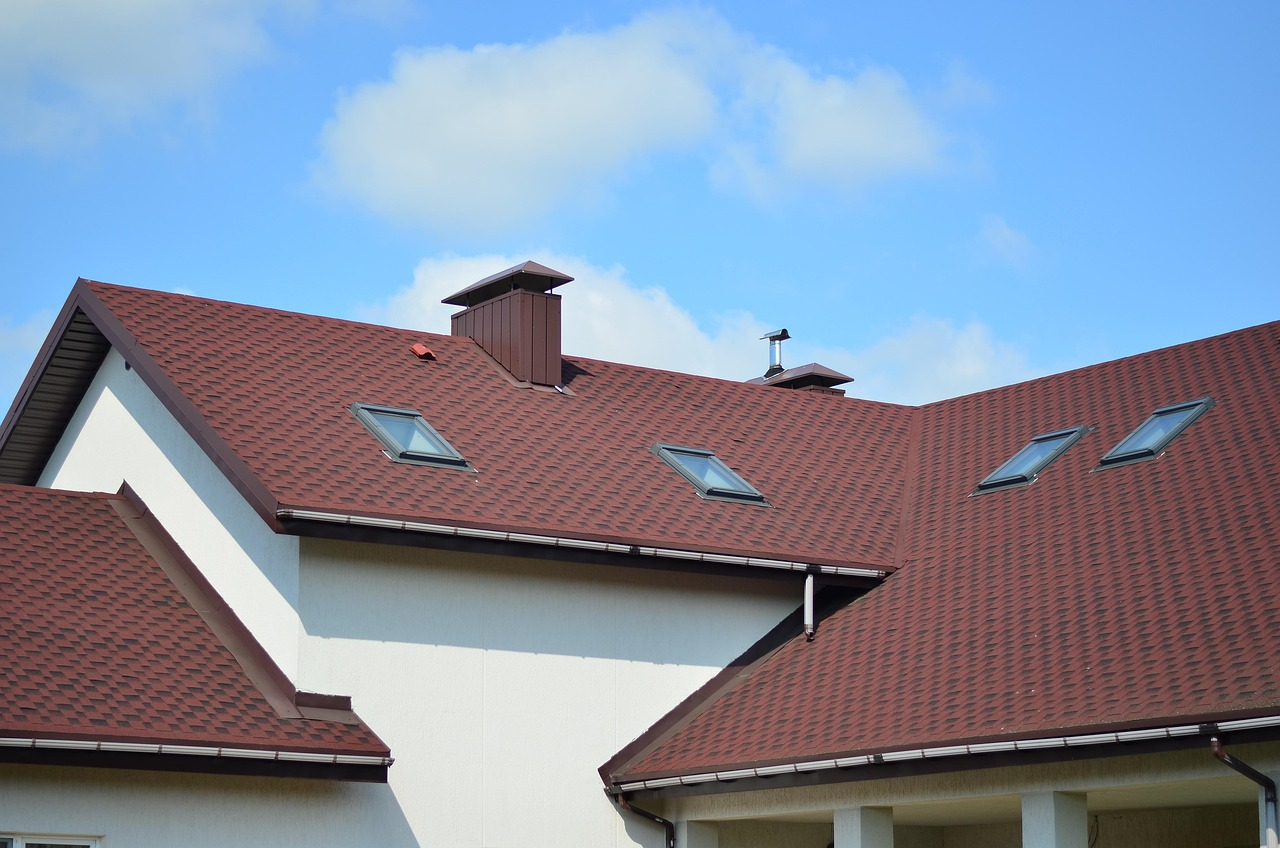
Cost of Roofing System Replacement and Installation
Replacing your roof is a significant financial commitment, with costs varying based on several factors such as the materials chosen, the size of the roof, labor, and any extra features. Below is a breakdown of what influences roofing replacement costs and some key installation considerations.
Materials: Asphalt shingles typically cost between $3 and $6 per square foot, while metal and tile options range from $7 to $30 per square foot.
Labor: Labor expenses vary depending on the roof's size, pitch, and location, usually ranging from $1.50 to $4 per square foot.
Roof Size and Complexity: Larger or more intricate roof designs will require more materials and labor, increasing the overall cost.
Removal and Disposal: The process of removing and disposing of old roofing materials adds an additional $1 to $2 per square foot.
Additional Features: Features like improved insulation, ridge vents, and new gutters can increase upfront costs but offer long-term benefits in terms of energy efficiency and protection.
Installation Tips
For a successful roof replacement, it's important to get several quotes from licensed roofing contractors and inquire about warranties for both the materials and labor. A reputable contractor will evaluate your roof, give you a detailed estimate, and explain the project timeline. Hiring a skilled professional for the installation is essential to ensure your roof lasts and performs at its best, making it a wise investment to choose an experienced roofer.
Frequently Asked Questions
Are Financing Options Available for Roof Replacement? +
What is the Estimated Cost for a Roof Replacement? +
Do I Need to Remove the Old Roof Before Installing a New One? +
Is It Possible to Replace My Roof in the Winter? +
How to Select the Best Roofing Contractor for Your Project
Choosing the right roofing contractor is one of the most important steps in ensuring your roof is installed or replaced properly. A professional, reliable contractor can help avoid issues down the road and ensure the longevity of your roof. Here’s a guide to help you select the best contractor for your roofing needs:
1. Do Your Research
Before committing to a contractor, take some time to research their background. Look for online reviews, ratings, and customer feedback. Check out their website or social media pages for completed projects and client testimonials. This will give you a clearer picture of their work quality and customer service.
2. Request Detailed Estimates
It's always a good idea to get at least three estimates from different contractors. A detailed estimate should include the cost of materials, labor, project timeline, and any additional fees. Pay attention to the details of each quote to ensure there are no hidden costs. This allows you to make an informed decision based on both cost and quality.
3. Evaluate Experience and Specialization
Roofing is not a one-size-fits-all service. Ask contractors about their experience with the type of roof you need. Whether it's a flat roof, shingle roof, or tile roof, ensure the contractor has specific experience in your roofing system. Specialized knowledge will help avoid common installation mistakes.
4. Check for Proper Credentials
Ensure that your contractor is licensed and insured. A valid license means the contractor has met the necessary qualifications and standards in your area. Insurance protects both you and the contractor in case of accidents during the project. Without proper coverage, you may be liable for accidents or damages that occur on your property.
5. Examine the Contract Thoroughly
Once you’ve chosen a contractor, review the contract carefully. Make sure the project timeline, payment schedule, and materials are clearly outlined. A reputable contractor will not rush you to sign and will be open to answering any questions you have about the terms.
6. Look for Transparency and Communication
Clear and constant communication is a sign of a trustworthy contractor. From the initial consultation to the completion of the project, the contractor should be transparent about every step. If you feel like they are avoiding questions or unclear about their process, that’s a red flag.
7. Avoid High Upfront Payments
A trustworthy contractor will ask for a reasonable deposit upfront—usually no more than 10-20% of the total cost. Avoid contractors who demand large payments in advance. This can be a sign of a scam or a lack of financial stability.
8. Ask About Post-Installation Services
Quality roofing contractors offer warranties on both materials and labor. Be sure to inquire about the length and coverage of the warranty. A warranty ensures that any issues with your roof after installation are addressed without extra cost. If the contractor is reluctant to provide one, it may indicate potential future problems.
By following these steps and choosing a contractor carefully, you’ll ensure that your roof is in safe hands, giving you peace of mind and long-term protection for your home.
Frequently Asked Questions
How can I confirm a roofing contractor’s license and insurance? +
Should I be worried if a contractor doesn’t provide a detailed contract? +
What are some warning signs to look out for when hiring a roofing contractor? +
Understanding the Financial and Environmental Benefits of Roofing Systems
When considering a new roofing system, it’s important to look beyond just the upfront cost. The financial and environmental implications of your roofing choices can have a lasting impact on both your budget and the planet. The total cost of replacing a roof typically ranges from $5,000 to $15,000, depending on factors like the type of material, roof size, and labor costs. However, there are ways to make this investment more affordable while also reducing your home's environmental footprint.
Financial Incentives for Energy-Efficient Roofs
If you're aiming to save money in the long term, look for roofing options that offer energy efficiency benefits. Many states, utilities, and even federal programs offer rebates and tax credits for installing energy-efficient roofing systems. These incentives are typically available for roofing materials that reduce your home’s energy usage, such as reflective or insulating products. By reducing the amount of heat absorbed by your roof, you can lower your air conditioning costs in the summer and keep your home more comfortable year-round.
Sustainable Roofing Materials and Their Impact
Choosing sustainable roofing materials not only contributes to environmental preservation but also ensures your roof lasts longer and performs better. Materials like metal, slate, and eco-friendly asphalt shingles are great options, as they are durable and often made from recycled content. Metal roofs, for example, can last 50 years or more, reducing the need for future replacements. These options help reduce waste and conserve natural resources.
Solar and Cool Roofs: Reducing Your Carbon Footprint
For those looking to take their environmental commitment a step further, solar roofing systems are a great option. Solar shingles combine the functionality of a roof with the ability to generate renewable energy, helping you reduce your reliance on the grid while lowering energy bills. Additionally, cool roofs—designed to reflect more sunlight and absorb less heat—are an excellent choice in warm climates. By minimizing heat absorption, cool roofs can lower cooling costs, improve comfort, and reduce the urban heat island effect, which contributes to climate change.
Conclusion: Make a Smart, Sustainable Investment
When it’s time to replace your roof, consider both the financial and environmental aspects of your choice. Opting for energy-efficient and sustainable roofing materials not only saves you money on utility bills but also makes a positive contribution to the planet. With rebates, tax incentives, and the environmental benefits of eco-friendly options, the long-term value of your roof can be significant, both for your budget and the environment.




























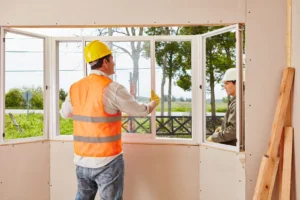



















 We have matching pros in your area!
We have matching pros in your area!